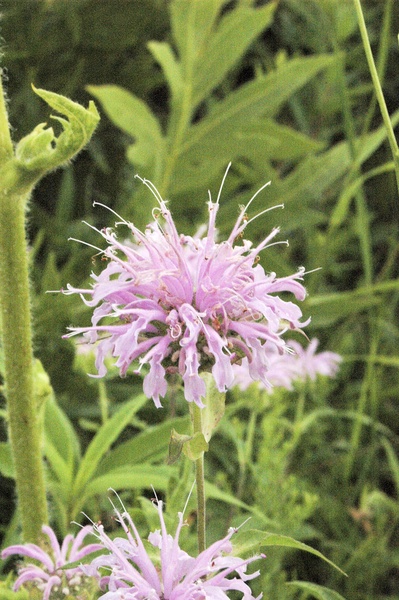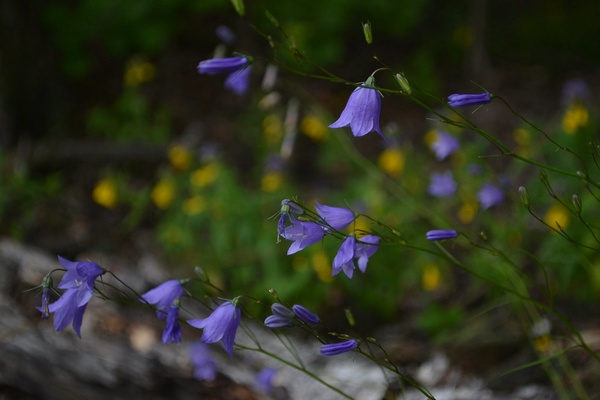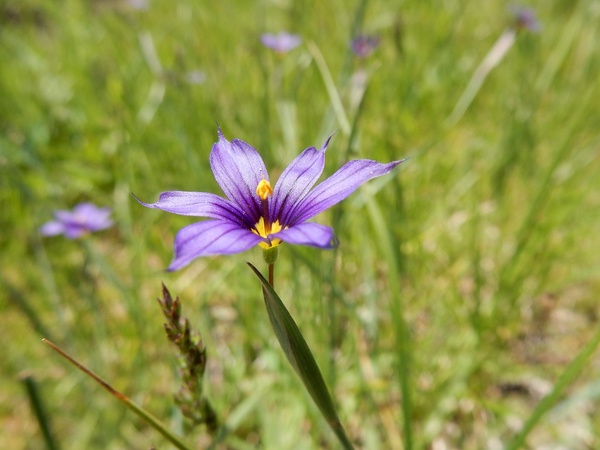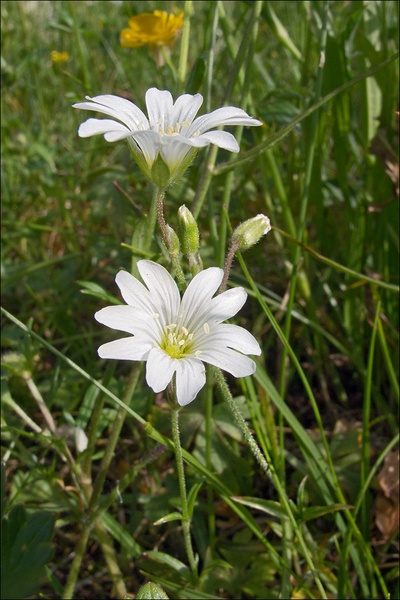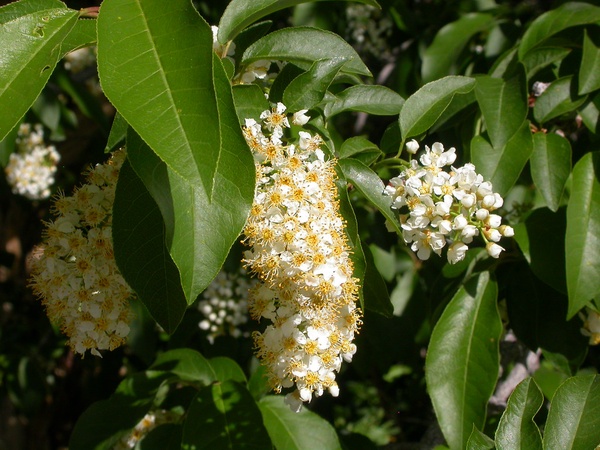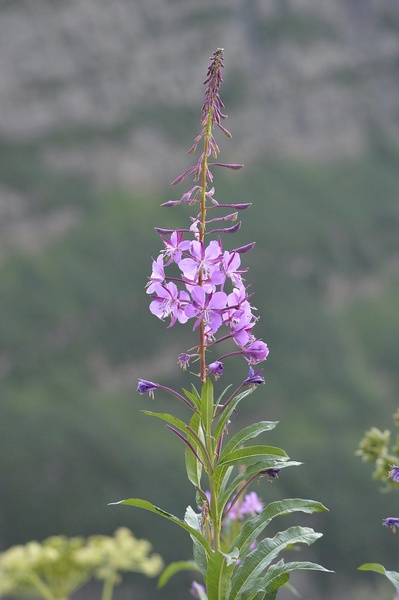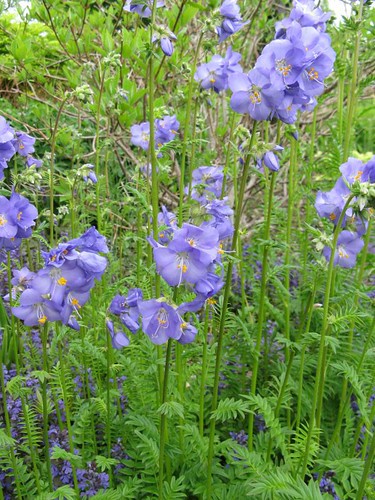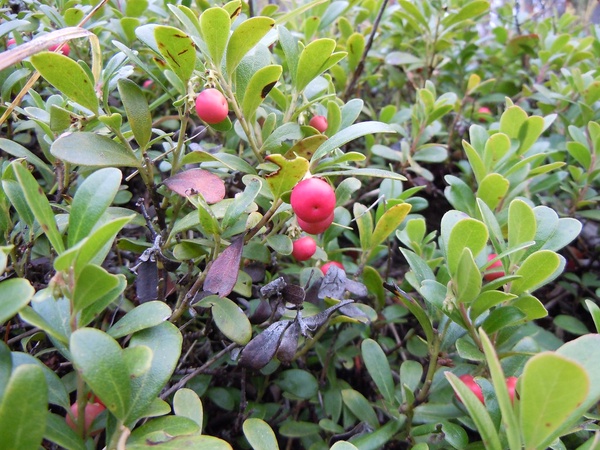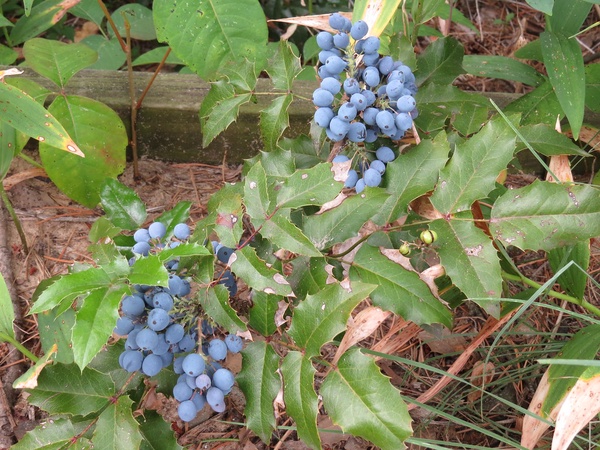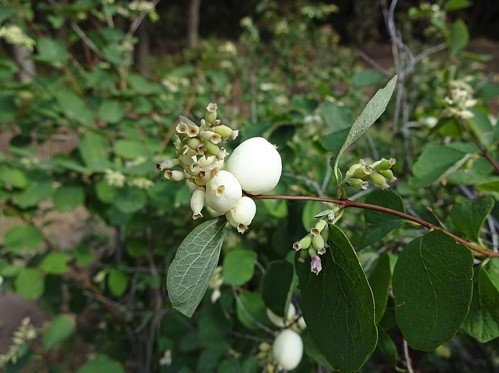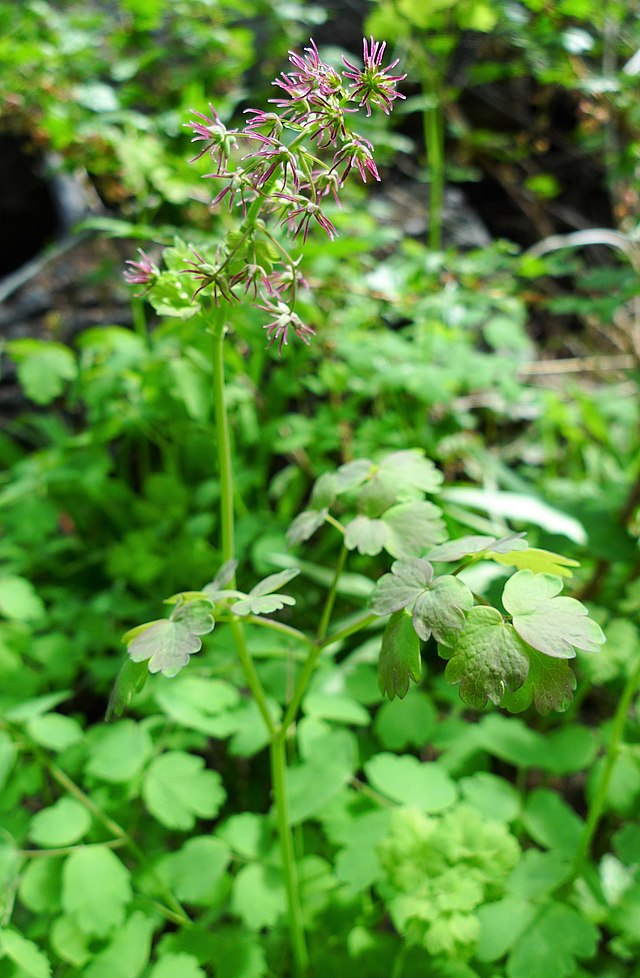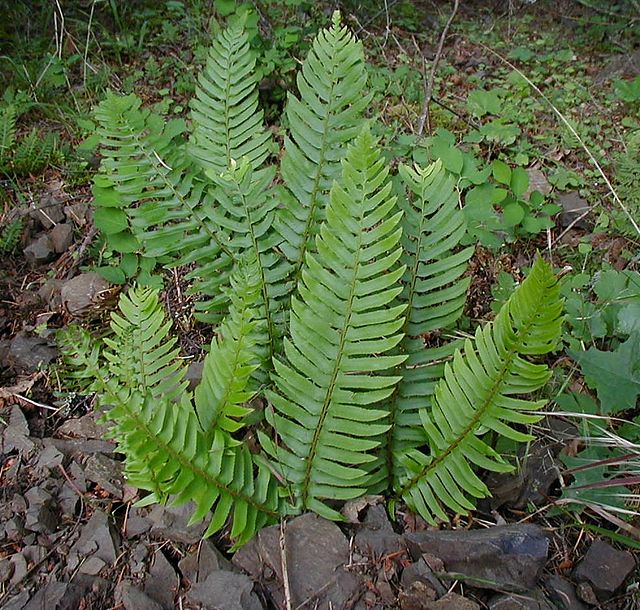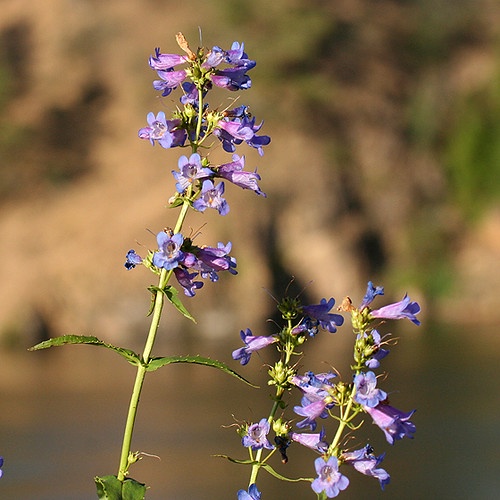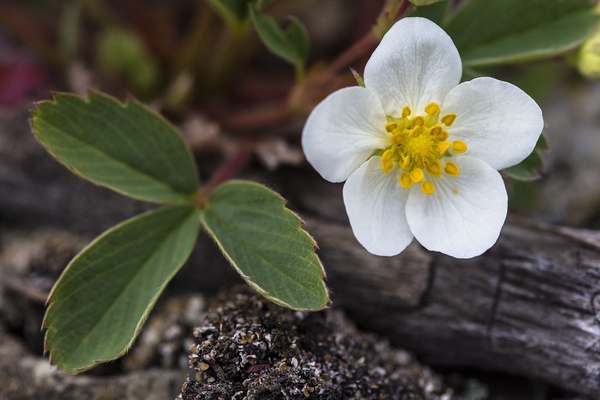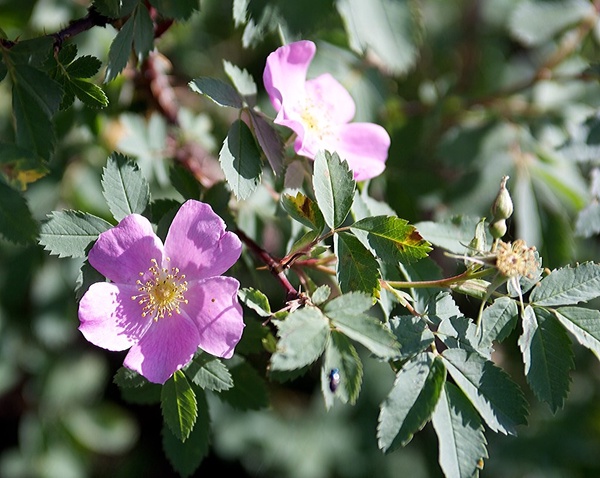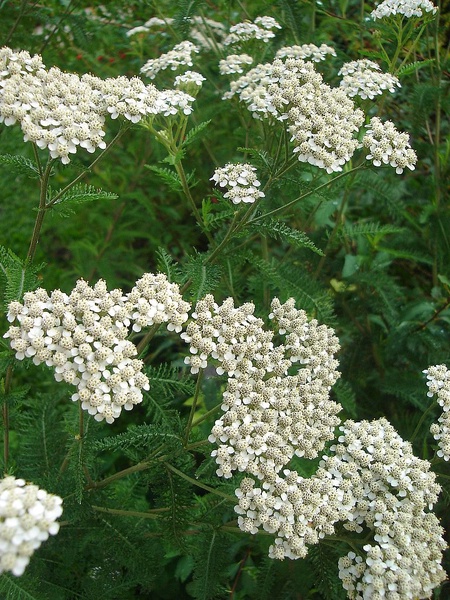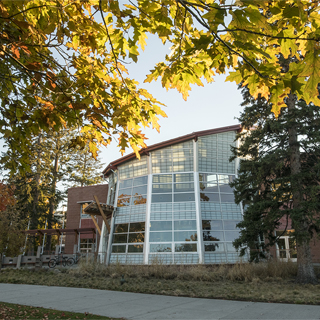Flathead Reservation
Salish, Kootenai, and Pend d'Oreilles Tribes (Western Montana)
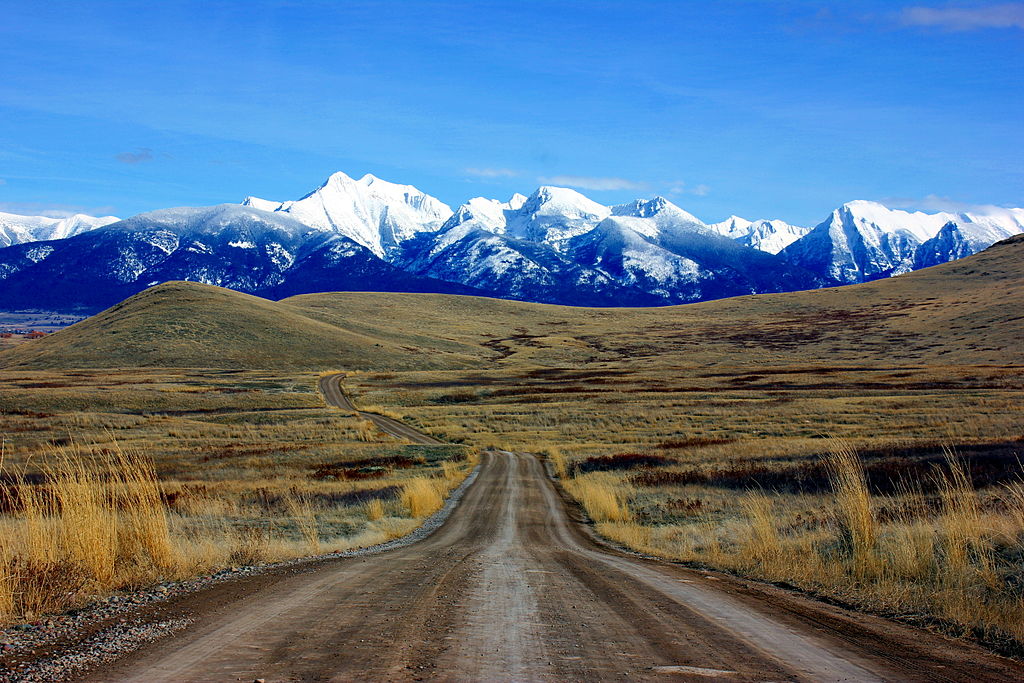
(A view of the Mission Mountains from the National Bison Range)
The Place
This ecoregion represents riparian and montane areas of Montana, stretching from the northwest corner of the state, to the Rocky Mountain Front and west-central Montana. The topography is characterized by high elevations of 1,800’ to 12,800’ and receives an average 37” of yearly precipitation. Glorious conifer forests can be found at higher elevations and serene valleys laden with rivers, creeks, lakes and rolling bunchgrass prairies at lower elevations. The biodiversity in this ecoregion is dense and includes many large mammals such as the black bear and grizzly bear; elk, mule deer, white-tail deer, moose, and mountain goats; gray wolves and mountain lions.
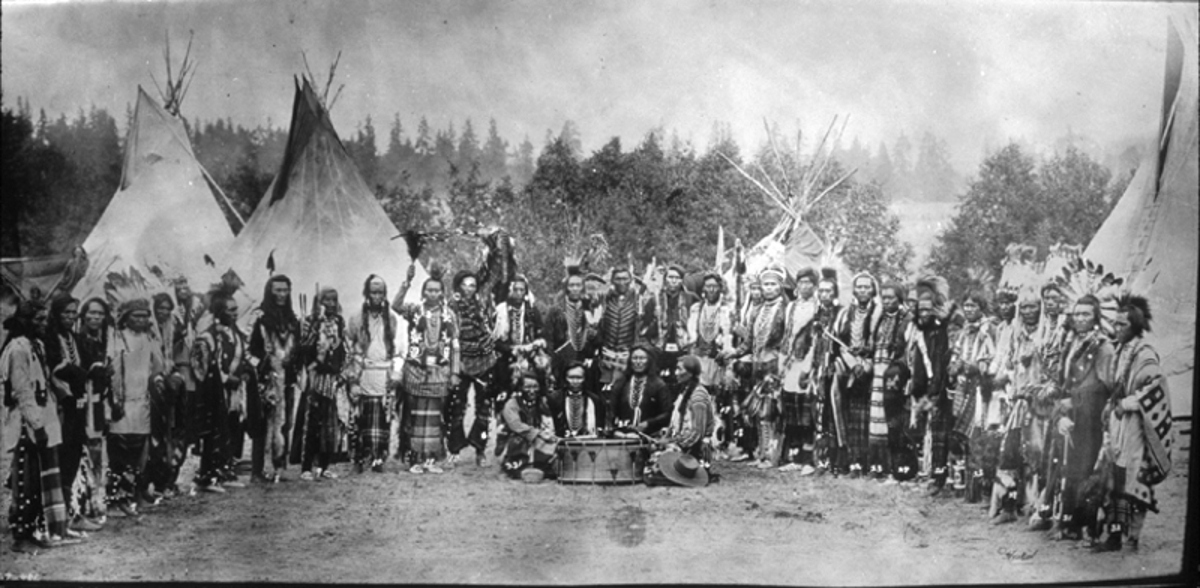
(Salish men dressed in ceremonial attire-1905)
The People
The majority of the Bitterroots Salish, Kootenai, and Pend d'Oreilles tribes live on the Flathead Reservation located on the Flathead river; however, archaeological evidence confirms a much larger area of western Montana was inahbitted by humans for at least 14,000 years. The first written record of European contact with these peoples occurred in 1805 when the Lewis and Clark expedition traveled through the Bitterroot Valley. Fifty years later, the Salish and the U.S. Federal government began negotiating the terms of the Hellgate Treaty. The tribes' representative leader, Chief Many Horses, met with the superintendent of Indian Affairs for the Washington Territory Isaac Stevens. Due to poor translation and complex language intentionally placed by Stevens in the Hellgate Treaty, the homeland of Chief Many Horses and his people was only classified as a conditional reservation.
Over the next forty years, the Salish were forced out of the Bitterroot valley due an influx of settlers following the 1864 gold rush and newly constructed Missoula and Bitter Root Valley Railroad. The Salish, who were suffering from starvation, agreed to leave the Bitterroot valley and were marched by soldiers from Fort Missoula sixty miles to the Flathead Reservation. 1.3 million acres were allotted to the tribes on the Flathead reservation while more than 20 million acres were ceded to the United States.
The Plants
Kinnikinnick (Arctostaphylos uva-ursi):
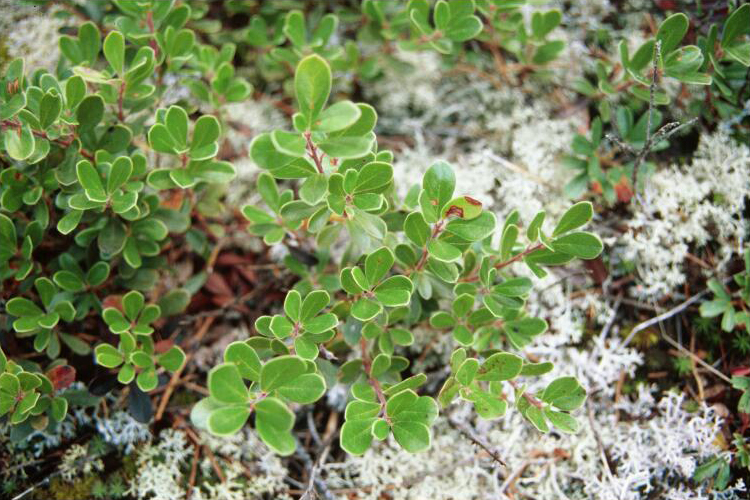
Kinnikinnick grows in northern forests all around the world. It is a low-growing shrub with waxy oval-shaped leaves, clusters of pink urn-shaped flowers, and red berries. The leaves of Kinnikinnick are harvested, dried. and mixed with tobacco to be used as a smoking mixture. This mixture is smoked both for ceremonial and casual occasions. Its red berries are edible but were historically only eaten as emergency foods when other food sources weren't available. Kinnikinnick has also been traditionally relied on for aiding urinary tract issues.
Woods' Rose (Rosa woodsii):
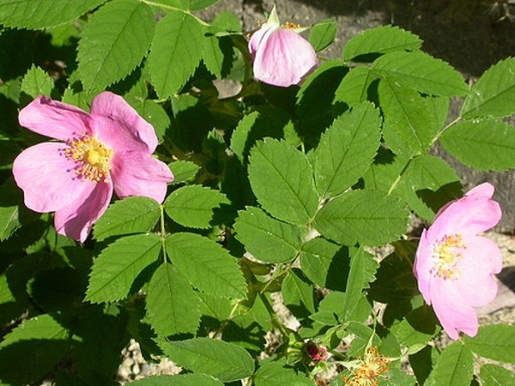
Woods' rose is native throughout the majority of North America and Northern Central America, and can be found in open forests, woodlands, along river banks, and even in wetter areas of plains and prairies. Woods' rose is a shrub that can be up to 10 feet tall! They have thorny stems, serrated leaves that grow in groups of 5-7, pink five-petalled flowers, and red fleshy seedpods called rosehips. Indigenous peoples of this region relied on Woods' Rose as an indicator species. When the rose began flowering in the spring, it indicated to them to prepare for hunting bison. The inner bark, root, flower, and fruit have all been used as medicine for a wide range of ailments, and the fruit served as emergency food and supplementation. Rosehips have very high levels of vitamin C, E, and other antioxidants.
Arrowleaf Balsamroot (Balsamorhiza sagittata):

The arrowleaf balsamroot is a long-lived, perennial forb that can grow 1-2 feet in height. It is found on open, fairly dry landscapes with well-drained soils. Also, it is often found in sagebrush habitats. As food, members of the Salish and Kootenai tribes peeled young arrowleaf balsamroot, immature flower stems and ate the tender inner portion raw, like celery. Medicinally, the Salish use the large, coarse leaves as a poultice for burns and drink the tea brewed from the roots for tuberculosis, whooping cough. The tea would also increase urination, working as a cathartic. Members of the Kootenai tribe boil the roots and apply this infusion as a poultice for wounds, cuts, and bruises.
Beebalm/Wild Bergamot (Monarda fistulosa):
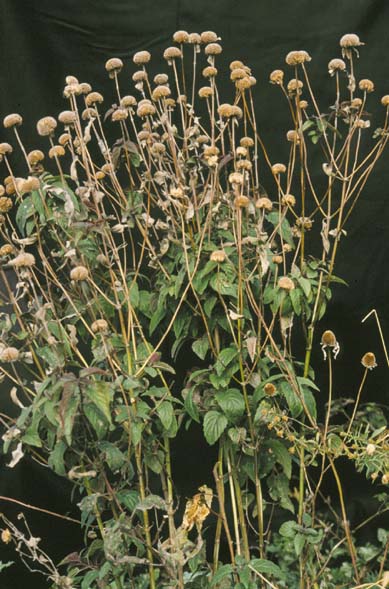
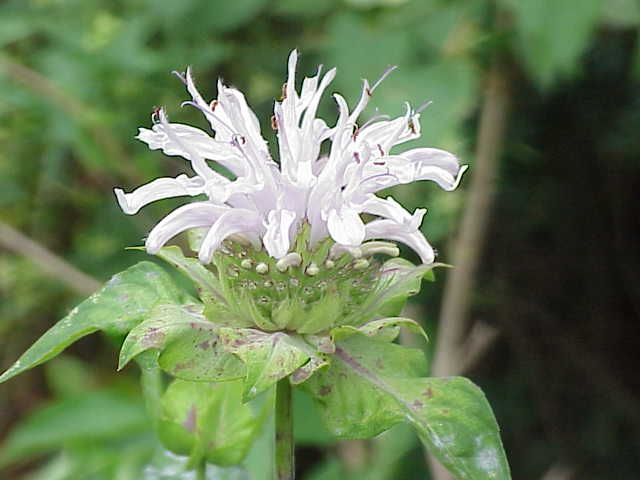
Beebalm has a minty smell, with obvious tubular flowers. Growing 30-70cm tall, this perennial has creeping rhizomes for roots. Mainly used as a medicinal plant, it has been made into tea to cure colds as well as to treat mouth and throat infections caused by dental caries and gingivitis. Poultices of the plant are made for skin infections and minor wounds. It has also been used to help with digestive issues.
The Other Plants in the CSKT Circle
